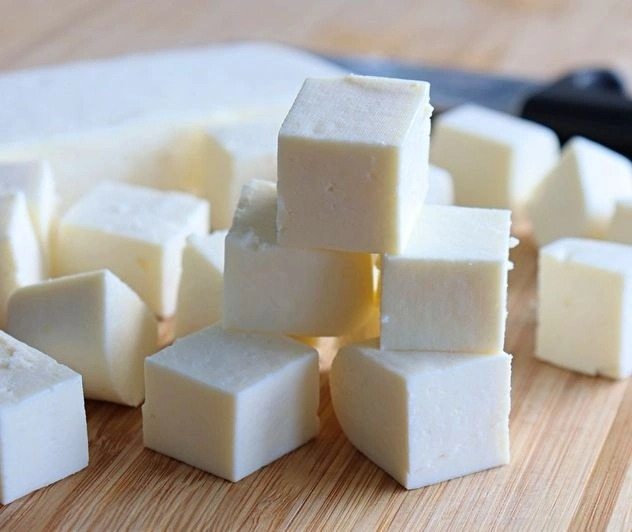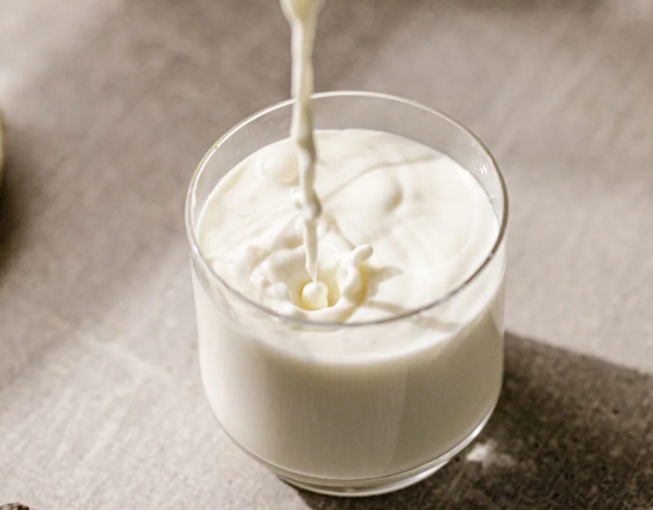When you think of paneer, you might immediately imagine those tender, firm cubes of cheese nestled in a rich curry or seared to perfection in a pan. Traditionally, paneer is made from whole milk, but what if you find yourself with only whipping cream in your fridge?
Can i use whipping cream for paneer recipe? Yes, you can use whipping cream to make paneer, but it may not yield the same results as using whole milk. Whipping cream has a higher fat content, which can result in a softer, creamier paneer. If you’re aiming for the traditional firm texture of paneer, it’s better to stick with whole milk. However, using whipping cream can create a rich and luxurious paneer, perfect for certain dishes.
This article dives deep into the science, possibilities, and potential pitfalls of using whipping cream for making paneer.
Understanding Paneer
To fully appreciate the nuances of using whipping cream in paneer, it’s essential to start with a clear understanding of what paneer is and how it’s traditionally made. Knowing the basic principles behind paneer creation will help you better assess whether whipping cream can be a suitable substitute.
What is Paneer?
Paneer is a fresh, non-melting cheese commonly used in Indian cuisine. It is made by curdling milk with an acidic agent like lemon juice or vinegar, then draining and pressing the curds to form a solid block. Paneer is known for its versatility in cooking, offering a firm texture that holds up well in a variety of dishes, from stir-fries to stews.
Traditional Ingredients and Method
Typically, whole milk is the go-to ingredient for making paneer because of its balanced fat content, which helps achieve the desired firmness and texture. The process involves heating the milk, adding an acid to curdle it, and then straining and pressing the curds.
The Science Behind Whipping Cream vs. Whole Milk
Now that we understand what paneer is and how it’s traditionally made, it’s time to explore how whipping cream compares to whole milk in this context. The fat content and other properties of these dairy products play a crucial role in the final outcome of your paneer.
Composition of Whipping Cream
Whipping cream typically contains around 30-36% fat, much higher than the 3.5% found in whole milk. This difference in fat content can significantly impact the texture of the paneer. The higher fat content in whipping cream can result in a softer, creamier cheese, which might not be suitable for all paneer-based dishes.
Studies on dairy composition suggest that the fat content in milk is crucial for curd formation. Higher fat levels, like those found in whipping cream, can lead to a more delicate curd structure. This could be ideal for certain recipes but may fall short if you’re seeking the traditional firmness of paneer.

Can You Use Whipping Cream for Paneer?
With a solid understanding of both paneer and the properties of whipping cream, let’s tackle the big question: Can you actually use whipping cream to make paneer? The answer isn’t as straightforward as it might seem, but we’ll break it down to help you decide.
Yes, But With Caveats
If you’re planning to use whipping cream to make paneer, prepare for a different texture. The result will likely be softer and more buttery than traditional paneer, which can be a delightful twist in some dishes. However, this paneer might not hold up as well when frying or grilling, as the higher fat content makes it more delicate.
Steps to Make Paneer with Whipping Cream
To help you experiment with whipping cream paneer, here’s a step-by-step guide that outlines the process. Keep in mind that your results may vary, and this method might require some tweaking to suit your personal preferences.
- Heat the Cream: Pour the whipping cream into a pot and heat it over medium heat until it begins to steam but not boil.
- Add an Acidic Agent: Stir in lemon juice or vinegar slowly, and watch as the cream starts to curdle.
- Strain the Curds: Once the curds have formed, pour the mixture through a cheesecloth-lined strainer to separate the curds from the whey.
- Press the Paneer: Gather the cheesecloth into a bundle, press it to remove excess liquid, and then set a weight on top to shape the paneer.
Pros and Cons of Using Whipping Cream
As with any substitution in cooking, there are pros and cons to using whipping cream for paneer. Let’s explore both sides so you can make an informed decision.
- Pros: Rich, creamy texture; luxurious mouthfeel; potentially unique flavor profile.
- Cons: Softer consistency; may not hold shape well; higher cost compared to whole milk.
Adjusting the Process for Better Results
If the idea of softer paneer doesn’t appeal to you, don’t worry—there are ways to tweak the process to achieve a firmer texture. By making some adjustments to the ingredients and techniques, you can get closer to the traditional paneer texture even when using whipping cream.
Mixing with Whole Milk
To balance the fat content, you can mix whipping cream with whole milk. This can help achieve a firmer paneer while still benefiting from the richness of the cream. A suggested ratio is 1 part whipping cream to 2 parts whole milk.
Adding a Coagulant
If you’re aiming for a firmer paneer, consider adding a small amount of coagulant like calcium chloride, which can help strengthen the curds and improve texture.

Practical Uses of Creamy Paneer
Once you’ve made your paneer with whipping cream, it’s time to think about how best to use it. The unique texture of this paneer can lend itself beautifully to certain dishes, though it may not be suitable for all traditional recipes.
Ideal Dishes for Creamy Paneer
Creamy paneer made from whipping cream can be a game-changer in dishes where a softer texture is desirable. Here are a few suggestions on where this type of paneer really shines.
- Makhani Gravy: Where a richer paneer can complement the creamy sauce.
- Paneer Tikka: Opt for gentle grilling to avoid crumbling.
- Desserts: Like rasmalai, where a soft, delicate paneer is ideal.
Storage Tips
Paneer made from whipping cream should be handled with care. Store it in the refrigerator and use it within a few days, as it may spoil faster due to the higher fat content.
Conclusion
Using whipping cream to make paneer is certainly possible, but it comes with its own set of challenges and adjustments. Whether you end up with a luxurious, creamy version of paneer or decide to stick with the traditional whole milk method, the key is understanding the science behind the ingredients and tailoring the process to your desired outcome. Experiment, enjoy, and don’t forget to pick up a quality whipping cream charger if you’re diving into the world of cream-based recipes!
FAQs: What People Also Ask
Yes, but the result will be a softer, creamier paneer, which may not suit all recipes.
Whipping cream is higher in fat and calories compared to whole milk. It’s richer and more indulgent but not necessarily healthier.
Yes, whipping cream can be used in other cheese recipes, but expect a softer texture.
Freezing is not recommended as it can alter the texture, making it grainy and less palatable.